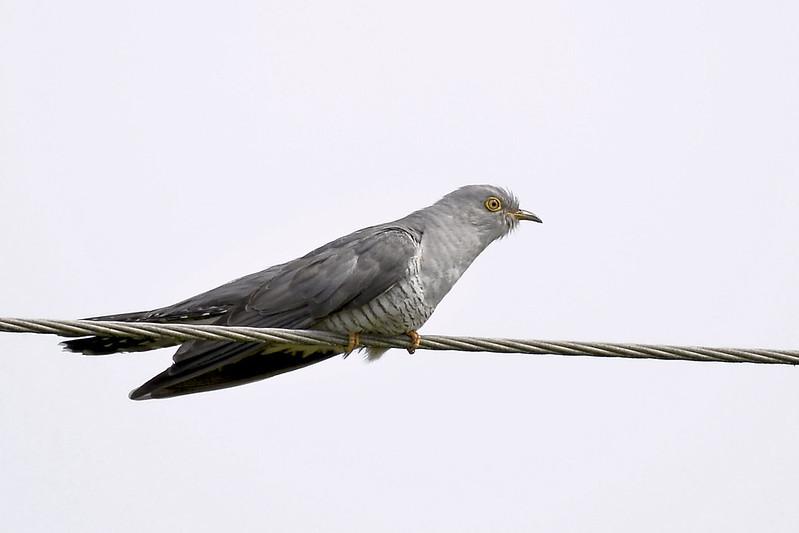Shingle Beaches
The Kent coastline is probably most famous for the iconic White Cliffs of Dover, which rise to over 350 feet high, standing tall above the English Channel. However, the county has far more to offer visitors besides this natural wonder, with ancient castles, excellent beaches and beautiful countryside. On Kent’s eastern shore, situated between the coastal towns of Ramsgate and Deal, there’s a long, sweeping area of landscape known as Sandwich Bay. Together with neighbouring Pegwell Bay, this section of the Kent coast is an important nature reserve and holds some of the most significant sand dune systems in the south-east of England.

Sandwich Bay is also made up of large areas of saltmarsh and tidal sand flats, making it a place for wildlife to thrive. The bay and surrounding area are of high ecological significance, with a number of designations including a Site of Special Scientific Interest and a Special Protection Area for birds. It’s also home to the Sandwich Bay Bird Observatory – run by a charitable trust that works hard to monitor the rich birdlife in the area. The observatory is open to visitors and can be a great place to learn more about Kent’s coastal wildlife. In addition to the wonderful scenery, Sandwich Bay an excellent spot to breath in the sea air and enjoy some of the local fauna.
Parasites in Hawk’s Clothing
One species that frequents the Kentish Coast during summer is a bird that is well versed in the art of deception. With its grey back, striped underbelly and large size, it’s easily mistaken for a hawk or a similar bird of prey. But, in fact, the species is completely unrelated and goes by the name of the European Cuckoo. This impersonation of predatory bird species is all part of the Cuckoo’s survival strategy. When smaller birds see a female Cuckoo flying overhead, they often suspect it to be a dangerous predator and will sometimes abandon their nests in order to seek safety. When this happens, the Cuckoo swoops down, lays a single egg of her own in the other bird’s nest and then makes a quick getaway.

The unsuspecting smaller birds often go on to incubate and raise the Cuckoo’s egg, completely unaware that they have been duped into raising a chick that’s not theirs. With this tactic, the Cuckoo can avoid any parental input whatsoever – a strategy which may well be dishonest, but is certainly clever. The Cuckoo has a very distinctive call, from which it gets its name, and the sound can often be heard ringing out across Sandwich Bay during summer. Top tip for seeing Cuckoos around Sandwich Bay: keep an eye out near woodland for their hawk-like appearance, and listen out for their calls.
Unusual Flora
Sandwich Bay is largely an inactive dune system, meaning large sections of the sand are fixed. This makes it particularly good for vegetation to grow, and many rare plant species can be found in the bay. Some of the more interesting examples include the colourful Evening Primrose, the rare Sand Catchfly and the UK’s largest population of Lizard Orchids. Watch out for these plants growing towards the rear of Sandwich Bay’s shingle beaches. The many windflowers in the region attract a range of insect life, with butterflies being especially common during the spring and summer.
Sandwich Bay is great for animals too. Birdwatchers in particular will find the area an interesting place to visit, as it attracts huge numbers of birds throughout the year. The mudflats and saltmarsh are ideal for wildfowl, offering great feeding opportunities for species such as Golden Plovers, Ruddy Turnstones and Little Terns. The latter is a highly protected species due to its rarity in the UK, and Sandwich Bay represents one of the few spots where the Little Tern breeds. With some great views out to see, it’s also a good idea to watch out for marine mammals making the most of the bay’s sheltered shores. Sandwich Bay is one of the best spots on the Kentish coast for wildlife watching and is perfect for scenic walks on the beach.
